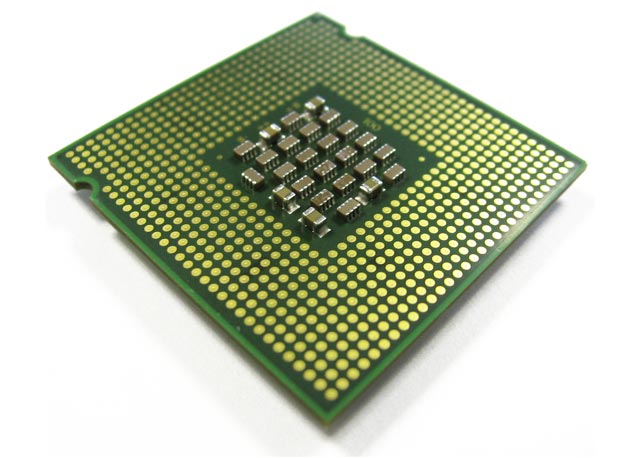Preventing Bloated View Controllers with Coordinators in iOS

Overstuffed View Controllers: a problem that is universally despised by iOS developers the world over. Who hasn’t had their eyes glaze over while staring down debugging a 3000 line VC? View Controllers can control so much information, and Apple seems to have very few opinions on where specific logic should go. They give us the decision making power. How can we prevent against this annoying problem and modularize our apps better? Model–View–View Model (MVVM) can certainly help with this, but ultimately leaves routing to View Controllers, which doesn’t make the most sense. This is where a Coordinator comes in.



